The Mars Polar Lander, being tested in this image, will land on Mars in early December.
Click on image for full size
Courtesy of NASA
Mars Polar Lander Coming Soon!
News story originally written on December 1, 1999
The Mars Polar Lander will land on the Red Planet on December 3, 1999! The spacecraft was sent to search for water on Mars. It will land near the south pole.
Before landing, the Polar Lander will drop two small probes. They will crash into the planet and dig below the surface to look for water. The spacecraft will then float gently to the ground.
It's very important that scientists land the spacecraft safely. They already lost the Mars Climate Orbiter a few months ago.
You might also be interested in:
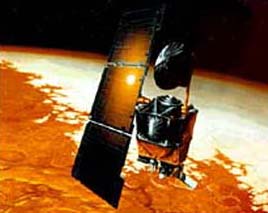
NASA says they caused the Mars Climate Orbiter to burn up. Scientists confused the units when finding the right orbit. The orbiter got too close to the Red Planet and blew up. The spacecraft would have
...more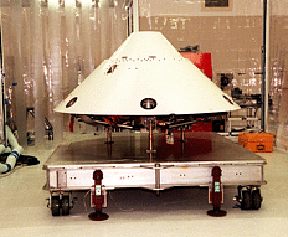
The Mars Polar Lander didn't make contact with Earth after landing on Mars. NASA says the spacecraft is probably lost. Scientists don't know what caused the spacecraft to fail. Also, the 2 probes sent
...more
It was another exciting and frustrating year for the space science program. It seemed that every step forward led to one backwards. Either way, NASA led the way to a great century of discovery. Unfortunately,
...more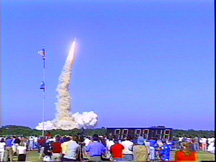
The Space Shuttle Discovery lifted off from Kennedy Space Center on October 29th at 2:19 p.m. EST. The sky was clear and the weather was great. This was the America's 123rd manned space mission. A huge
...more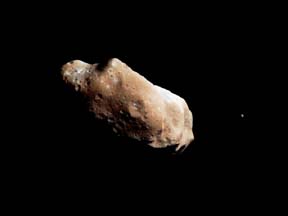
Scientists found a satellite orbiting the asteroid, Eugenia. This is the second one ever! A special telescope allows scientists to look through Earth's atmosphere. The first satellite found was Dactyl.
...more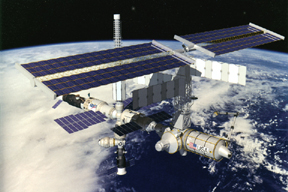
The United States wants Russia to put the service module in orbit! The module is part of the International Space Station. It was supposed to be in space over 2 years ago. Russia just sent supplies to the
...more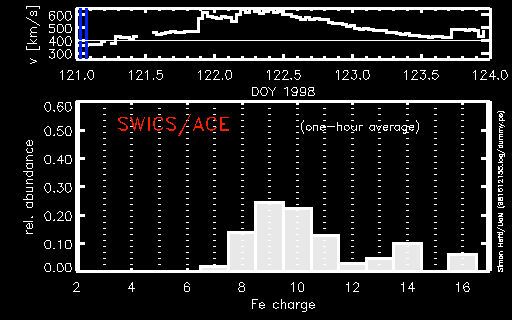
A coronal mass ejection (CME) happened on the Sun last month. The material that was thrown out from this explosion passed the ACE spacecraft. ACE measured some exciting things as the CME material passed
...more














